
 The Crystal Towers in KAFD ... a rendition.
The Crystal Towers in KAFD ... a rendition.
ON A teardrop-shaped plot just north of Riyadh, the King Abdullah Financial District is developing into a world-class business centre for banks, financial institutions, and professional services.
Having finalised a Leed (Leadership in Energy and Environmental Design)-certified masterplan for the 1.6 million-sq-m financial district, Denmark’s Henning Larsen Architects then extended its services as project architect for three of the development’s signature buildings. One of these buildings is Crystal Towers, the other two being Villas in the Sky, and The Gem – all part of the four mixed-use parcels awarded to design-build contractor Saudi Binladin Group (SBG).
“When we designed the masterplan for King Abdullah Financial District, the vision was not to break any records in terms of height, size, and so on,” says Birte Baek, CAD manager and 3D (three-dimensional) specialist for Henning Larsen Middle East, which won the international design competition for the King Abdullah Financial District project (KAFD) in 2006.
“Apart from creating state-of-the-art financial facilities, the vision was to create a public realm for people with a focus on the human scale and diversity, and on improving the environment from macro to micro level, both from a masterplan point of view as well as for each individual building.”
The project team used MicroStation, GenerativeComponents, and Bentley Architecture for creating the designs right from preliminary sketches through detailed design to quickly and effectively achieve its goals for a sustainable city centre.
The massive project, which broke ground in 2008, will provide more than three million sq m of floor space in more than 40 green buildings, as well as entertainment, recreational, and cultural attractions. This $10-billion development was inspired by King Abdullah bin Abdulaziz Al Saud’s vision for the Middle East’s first global financial centre.
The masterplan envisages that each building in the mega project is Leed-silver or Leed-gold certified, making them the first certified buildings in Riyadh and the development noteworthy on a global scale.
As a result, sustainability has been part of the mindset from the earliest sketches. The design approach had to take into account the site constraints and possibilities, from the local environment and population density to building geometry and orientation.
The $151-million Crystal Towers, which are due for completion by the year-end, embody the architect’s vision. The towers are centrally located between the Financial Plaza and a verdant pedestrian thoroughfare called the Wadi. Housing 93,000 sq m of prime office and retail space, the 18- and 25-storey buildings are connected by a dramatic skywalk that not only welcomes through-traffic from the adjacent green spaces, but also provides shade for an outdoor meeting area. The towers themselves will shade much of the Wadi, where people may gather to socialise.
 |
The lobby at the Crystal Towers. |
Henning Larsen used 3D design tools to communicate and collaborate with more than 200 professionals from multiple disciplines in the UK, the UAE, Saudi Arabia, Austria, and Denmark for the Crystal Towers project alone.
A large portion of the district features communal outdoor spaces, as well as a network of skywalks between buildings, allowing pedestrians to stroll from one end of the city to another without leaving the comfort of air-conditioning. Indoor spaces minimise solar heat gain in the desert climate.
“Our projects are characterised by a high degree of social responsibility, not only in relation to materials and production, but also as regards good, social spaces encouraging intimacy and community,” Baek says.
Using Bentley Architecture, the project team had the opportunity to attribute sustainable requirements to building objects while maintaining high quality and consistency. For example, the Crystal Towers feature recessed, scaled, crystalline apertures that optimise views of the plaza and landscaping while shielding the interior from the intense sunlight. The building facades, which are made of light stone cladding, in combination with lush vegetation and water features in the surrounding landscapes, lower ambient air temperature around the towers by 6 to 8 deg C.
“What we really find unique in Bentley software is that, at any time, any design idea can find a tool that gives us a drawing and design opportunity,” says Baek. “When using GenerativeComponents, we also have all parametric solutions optimised in our concept.”
Working in the same model within Bentley software from concept to detail design, team members never had to model the same thing twice. They also had links forward and backward to other drawings and elements, as well as the ability to import and export data to share with firms working on other software systems. Throughout the whole process, building information modelling (BIM) allowed the project team to follow and check building quality, cost, and materials, in addition to optimising the building objects.
Coordinating models using Bentley Navigator enabled cross-discipline checks and improved working relationships among disciplines. The ability to share both 3D models and 2D drawings with the owner and building contractor afforded the project team the opportunity to illustrate their designs and “tell the right story.” This helped all parties to gain a better understanding of the buildings.
In the early stages, 3D models, renderings, and visualisations were key to communicating the masterplan vision to all stakeholders. A presentation video with vivid interior close-ups and exterior flyovers was particularly effectively at displaying the richly detailed design concepts.
“Flythroughs are a very good way to explore and communicate designs, especially in masterplanning, as it then takes you through the public realm at eye level,” says Baek. “The detailed flythrough presents early design ideas that provide a better understanding of our vision and a clear understanding of the masterplan’s complexity.”
Bentley software also assisted the project team in following the sustainability guidelines that Henning Larsen devised for the district as a whole. The architects are serving as consultants during construction to ensure the design schemes submitted by other builders conform with the world-class standards expected for the project. The 3D models and construction simulation help in working with contractors on site to evaluate the consequences of any changes.
“MicroStation has been an invaluable tool and instrument for Henning Larsen Architects to manage and deliver the project on time,” says Baek. “Across disciplines, different companies were working with different software. Bentley software gave us a high degree of certainty that we were delivering high-quality, coordinated project material. The combination of our considerable experience in the use of Bentley software and our knowledge of design checking assured precise delivery.”
Using Bentley software for 3D modelling and analysis gave Henning Larsen the confidence that the team was “on the right track,” according to Baek. “For our client, it’s important to get a distinct and sustainable Class A architecture, which means a design that is not only thought of as a ‘fantastic and amazing building,’ but a concept that can communicate on all levels yet is durable and flexible for the future,” she says.
Design options for the sustainable buildings and spaces were complex and varied. Time savings were achieved whenever the 3D BIM models aided in the decision-making process. For example, choosing an energy-efficient façade system took less time with 3D BIM to illustrate the choices. The challenge was to limit the iterative process and retain the time-cost benefits of design optimisation.
When the project is fully realised, the KAFD will set a new standard for sustainable urban development in cities around the world. As a vibrant city centre with green buildings shading green spaces, the district will become an active hub of urban activity. It will not only be a place of commerce but also an entertainment destination and a desirable residential neighbourhood. Apartments, shops, restaurants, sports facilities, hotels, and conference venues are expected to draw an international clientele. The district will employ a projected 50,000 people and house approximately 8,000 residents. A monorail connecting various areas of the district will provide public transportation throughout.
The financial district’s predominantly green features will contribute to achieving the kingdom’s overriding objective: to provide an attractive working environment for the growing workforce in the financial sector, which is the largest in the region, with the 11th largest stock exchange in the world and the largest banking sector in the Middle East. This ambitious undertaking may indeed fulfill King Abdullah’s vision of transforming Saudi Arabia, already the world’s oil capital, into the Middle East’s financial capital.
* Bentley Systems is a leading design and construction software firm.



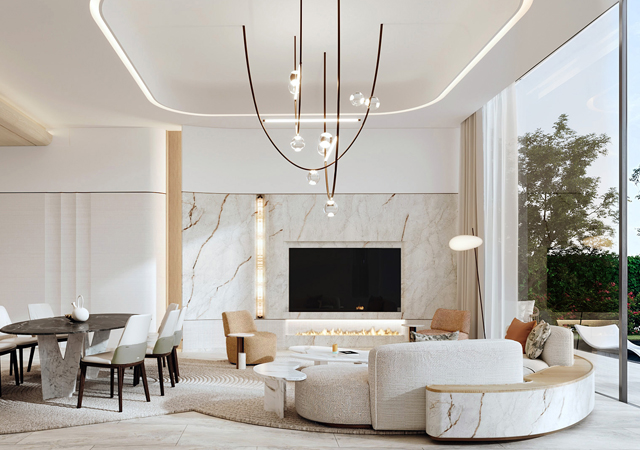
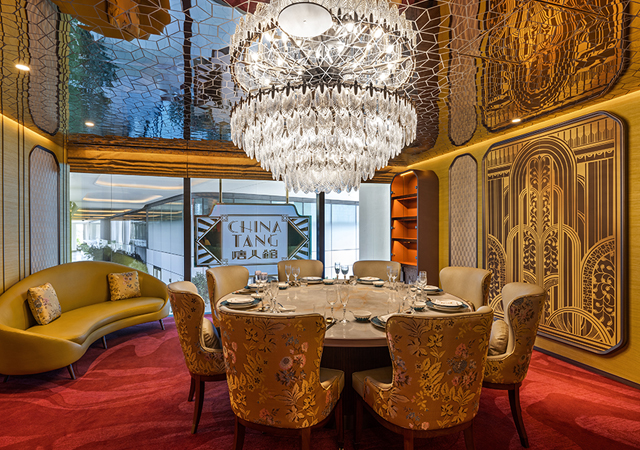
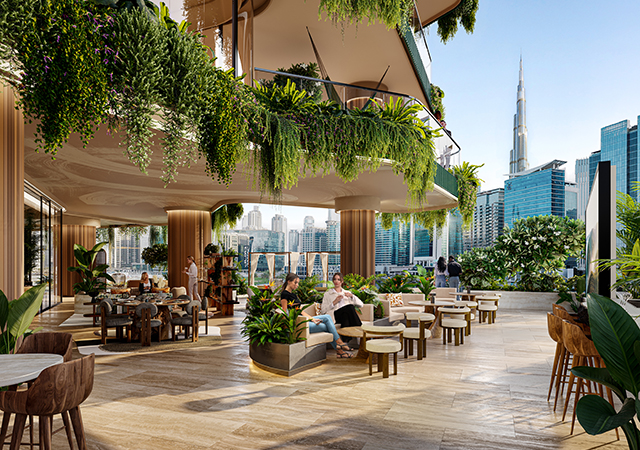
.jpg)




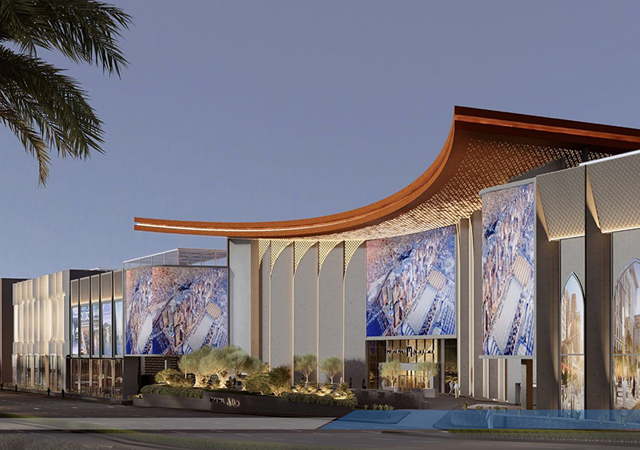
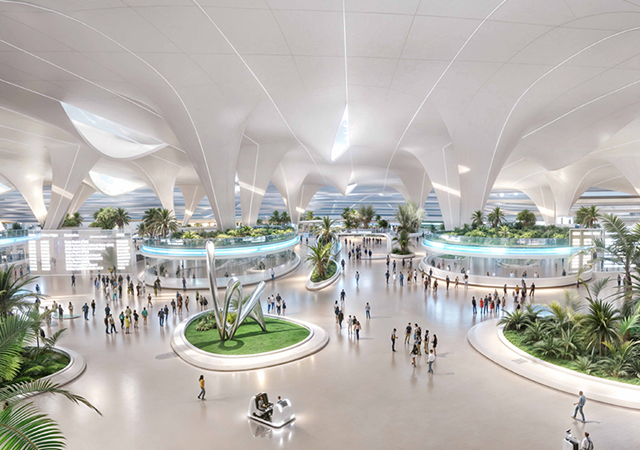
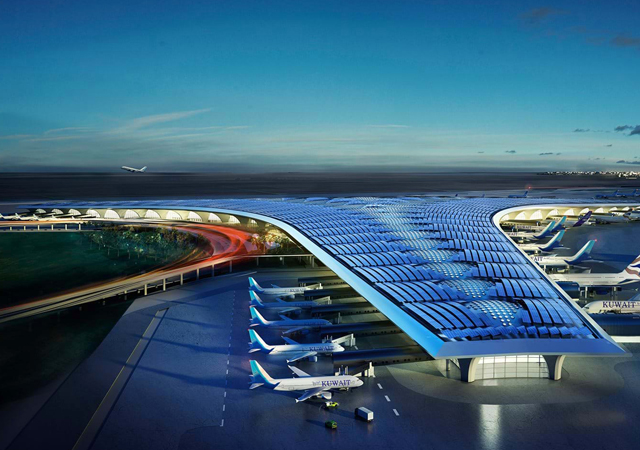
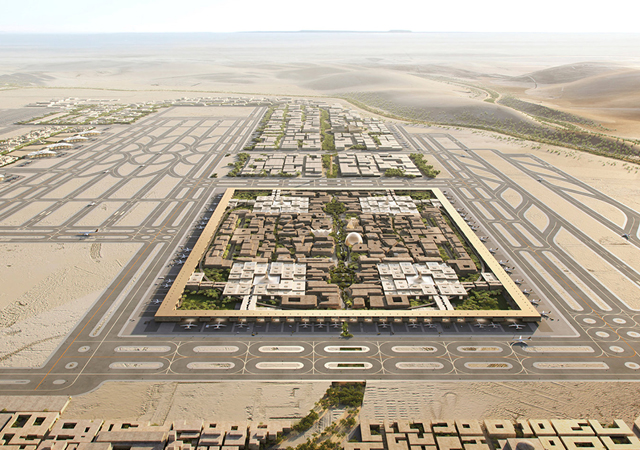
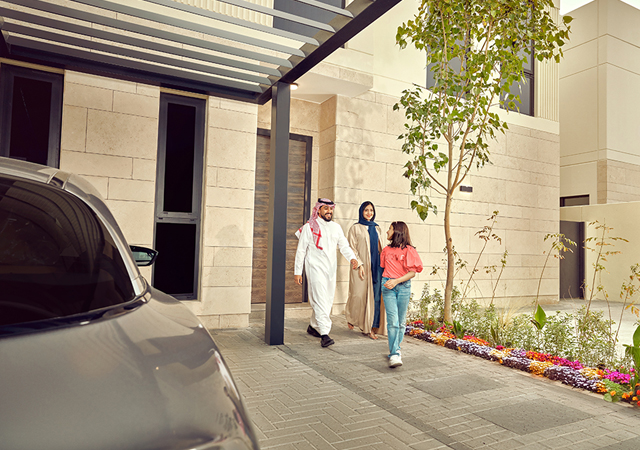
.jpg)

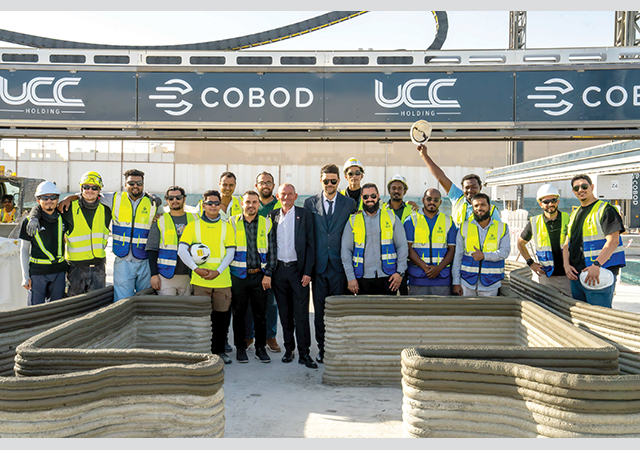
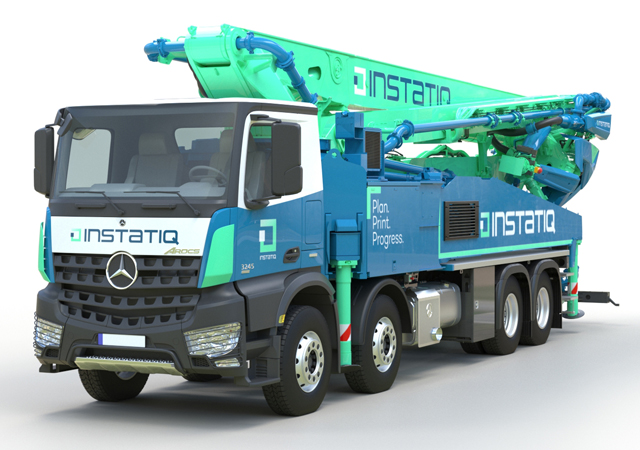
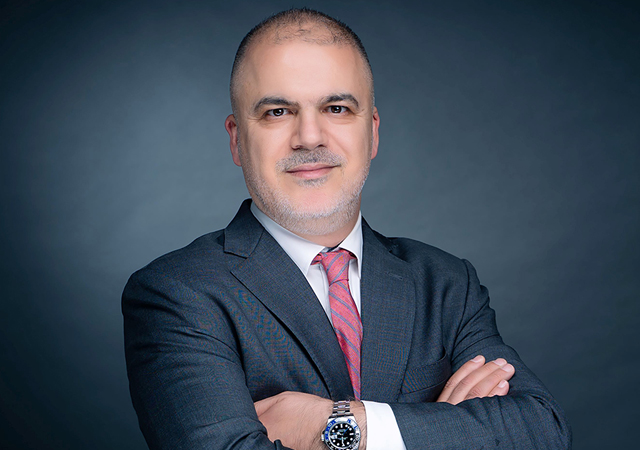
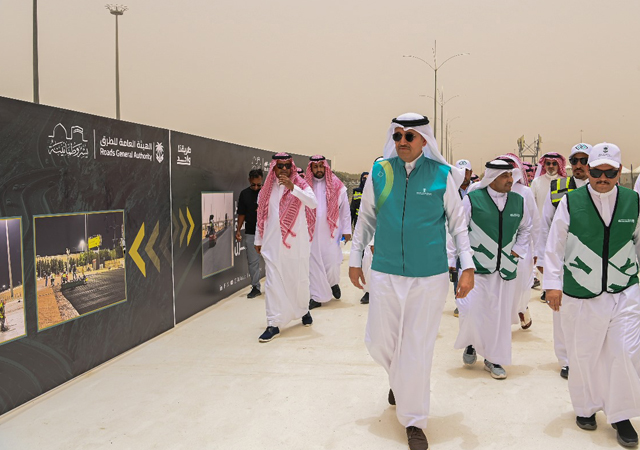
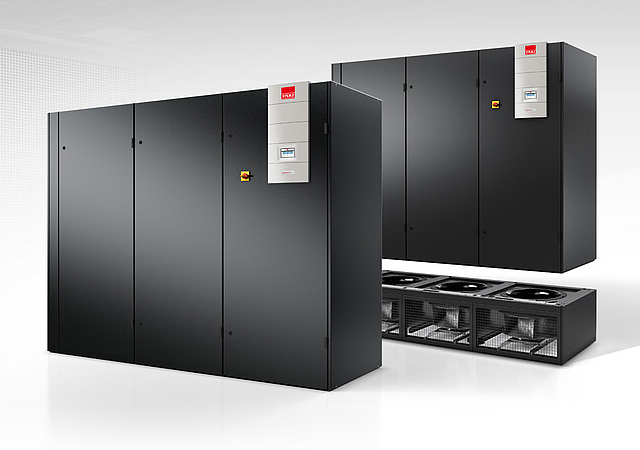
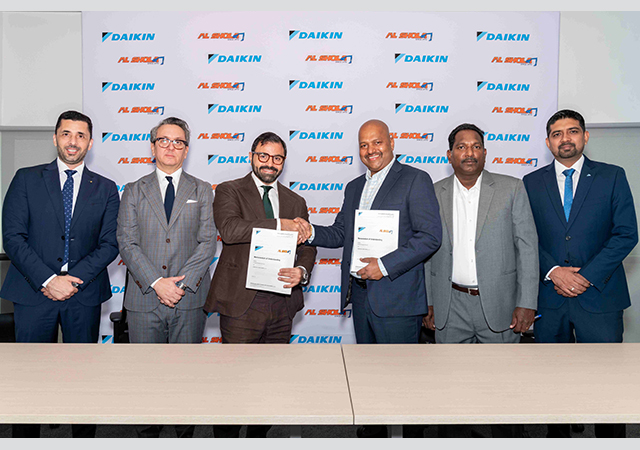

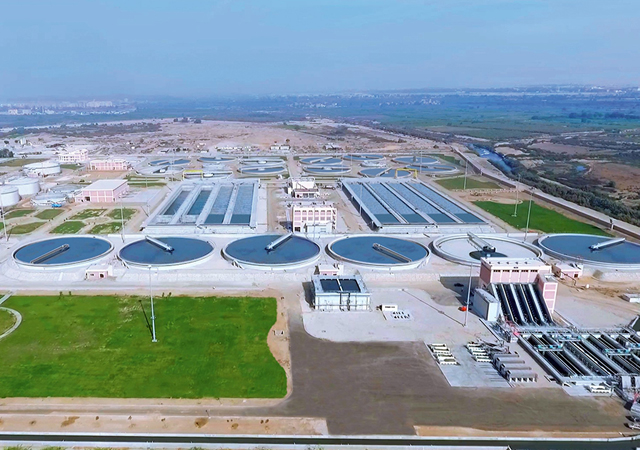
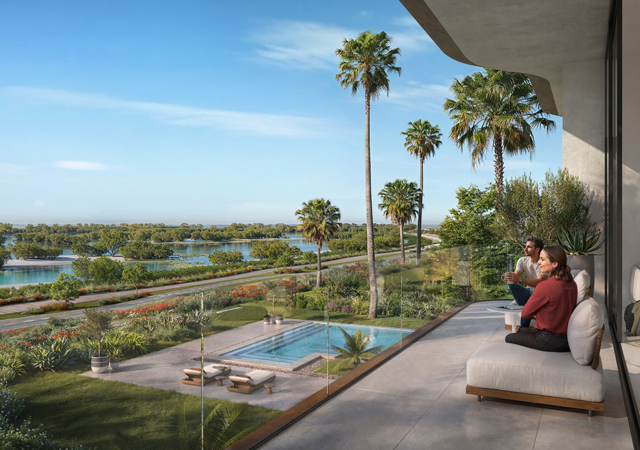
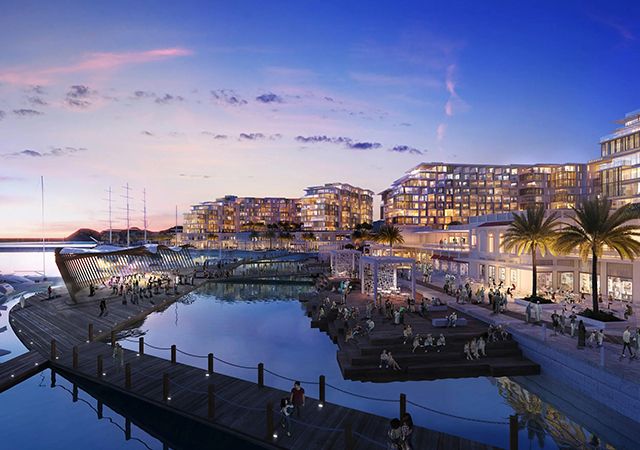

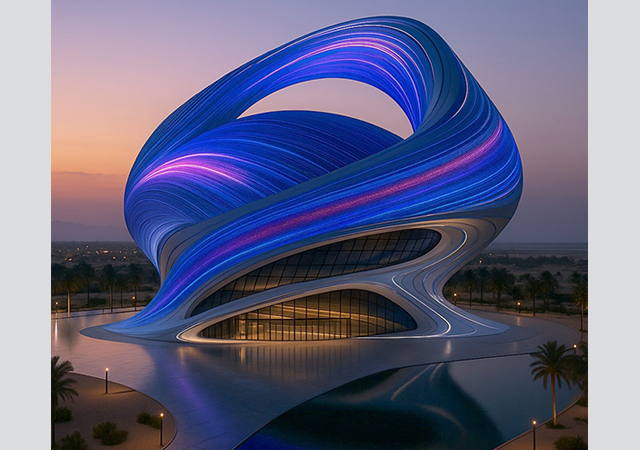
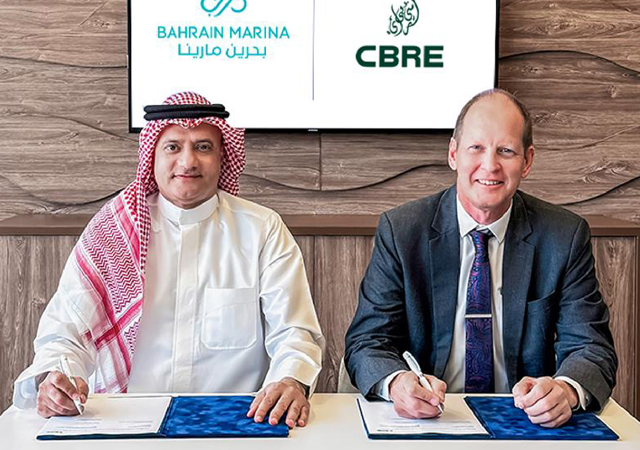
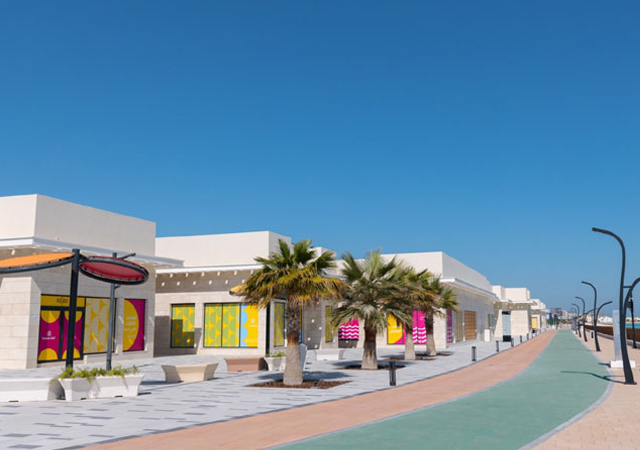
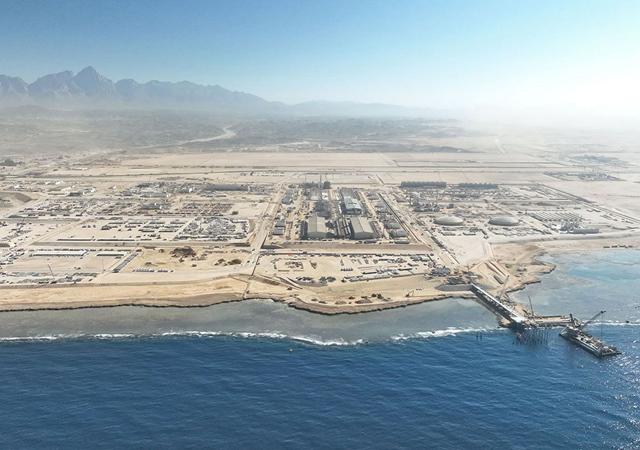
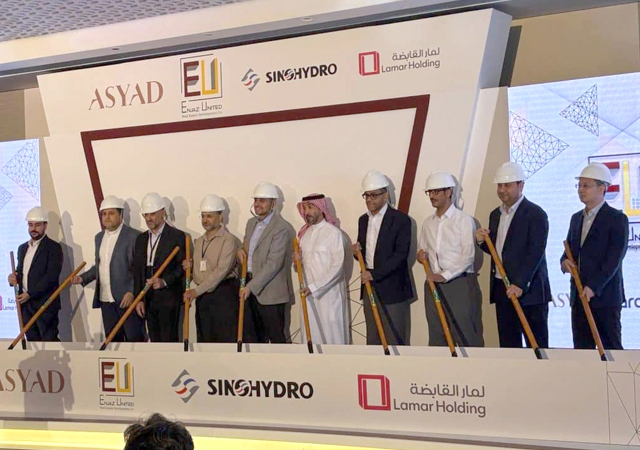
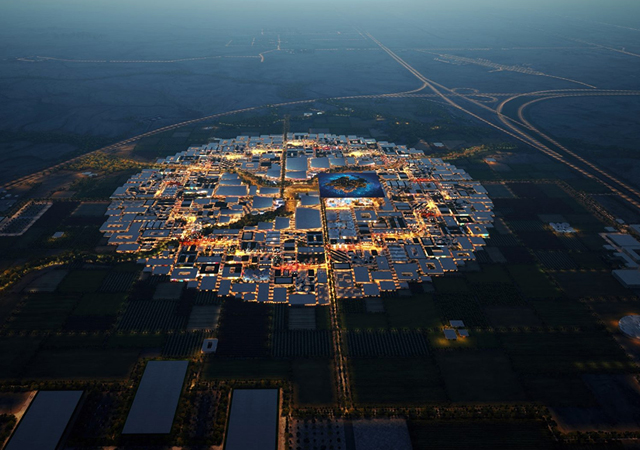
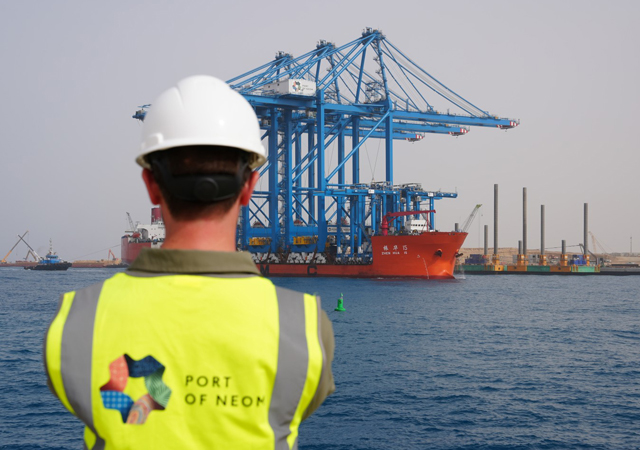
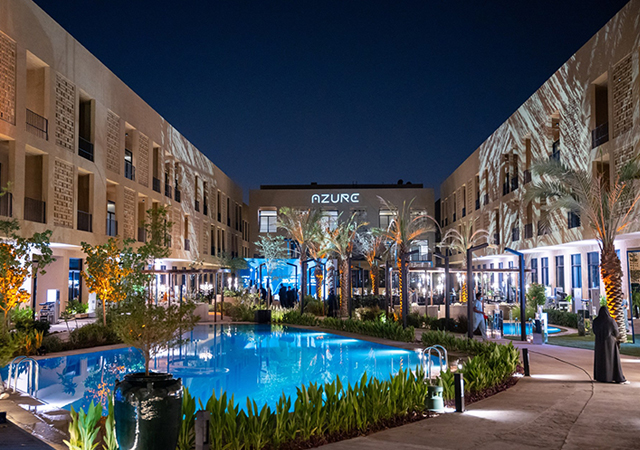
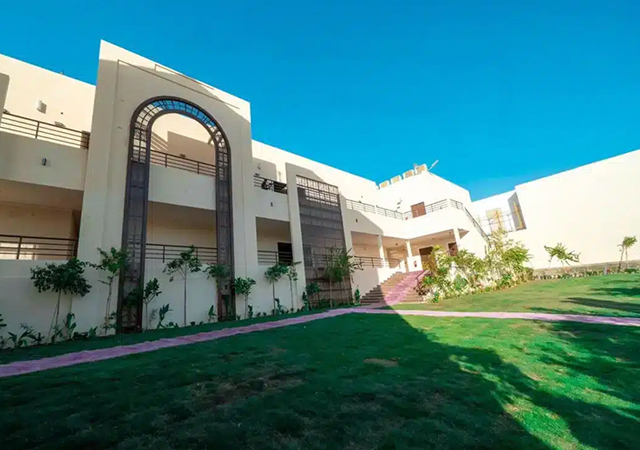

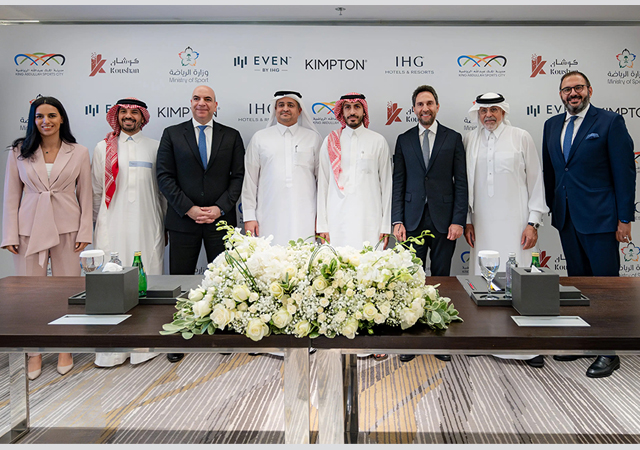
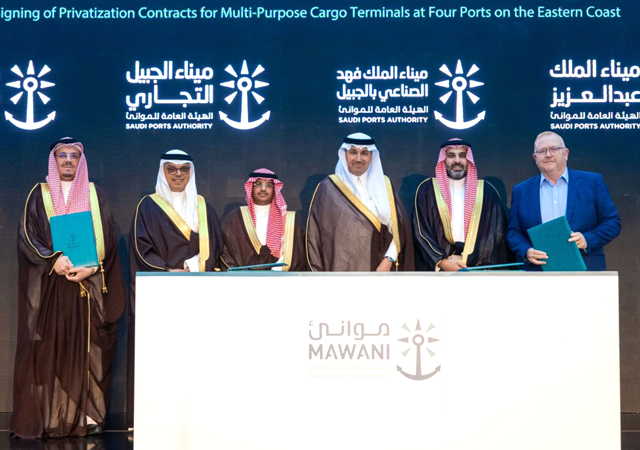
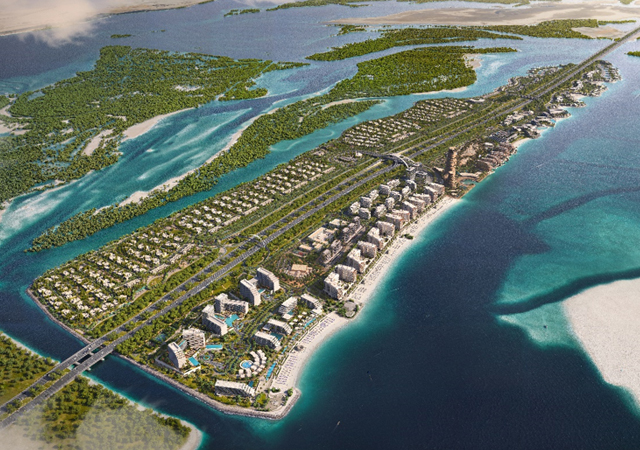
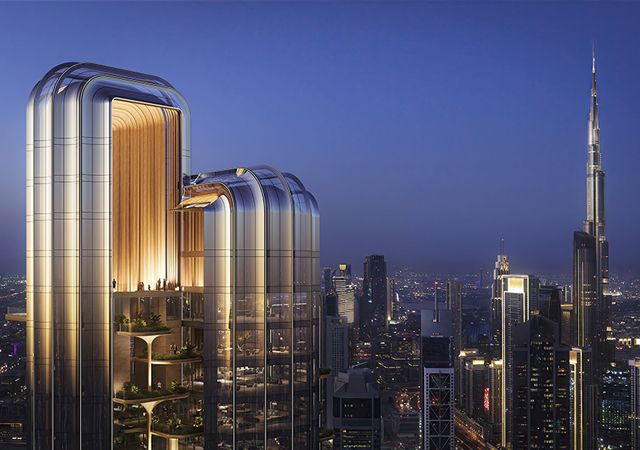
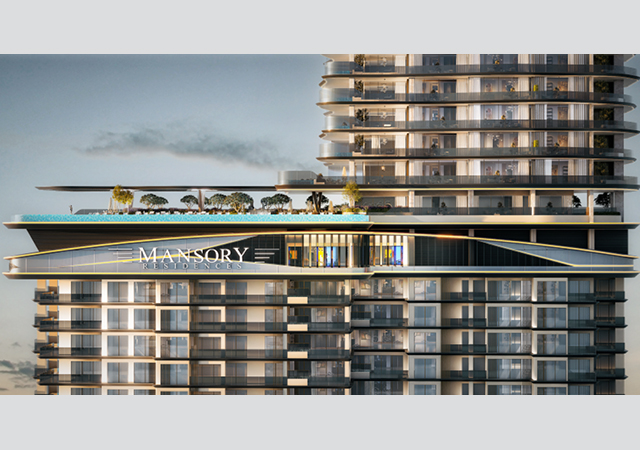
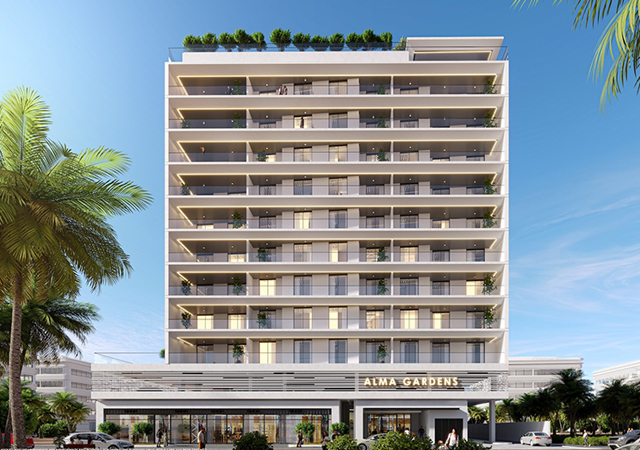

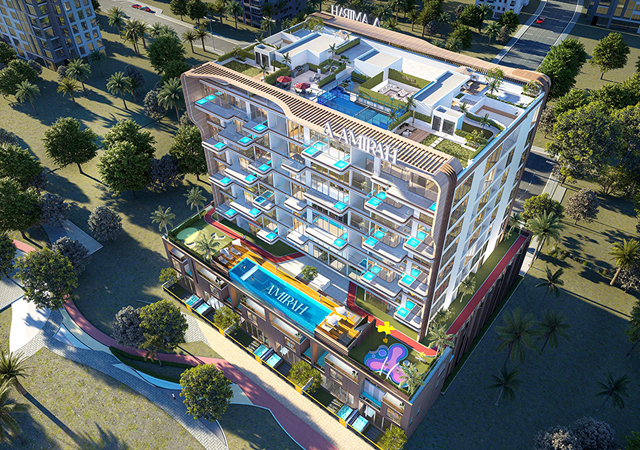
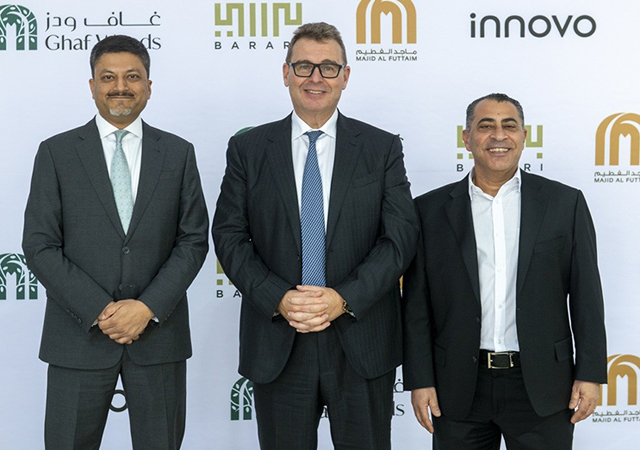
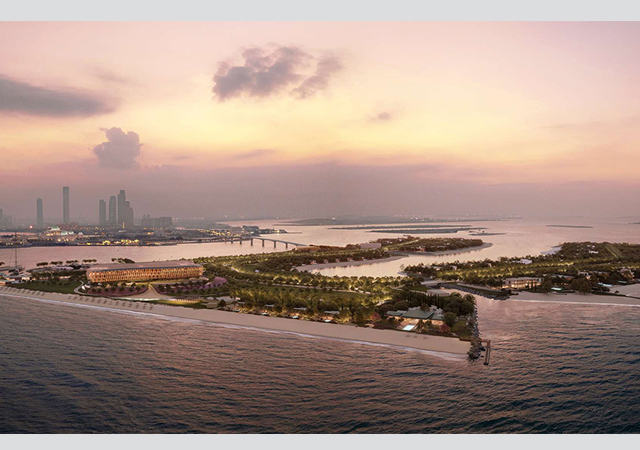
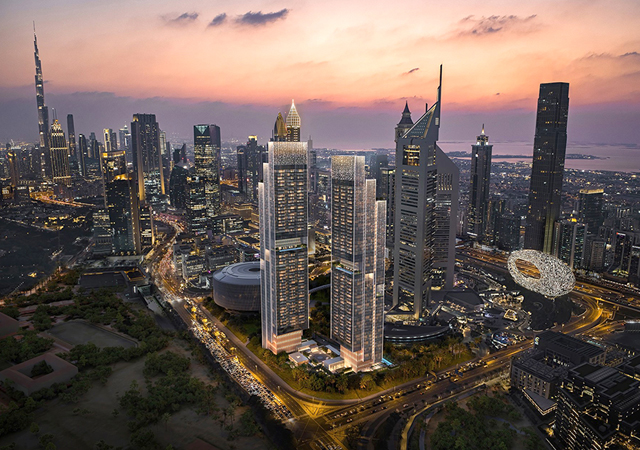
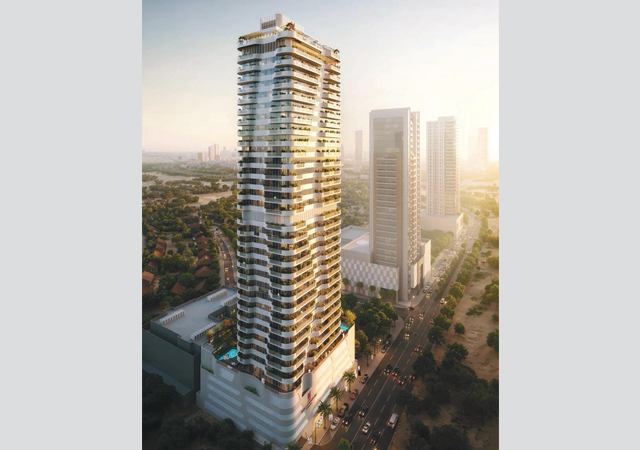
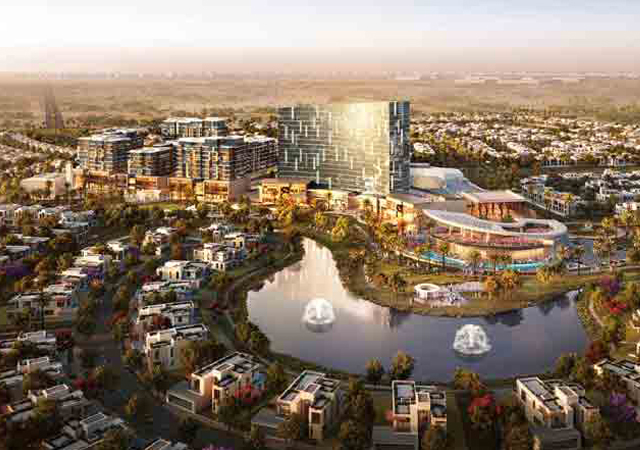
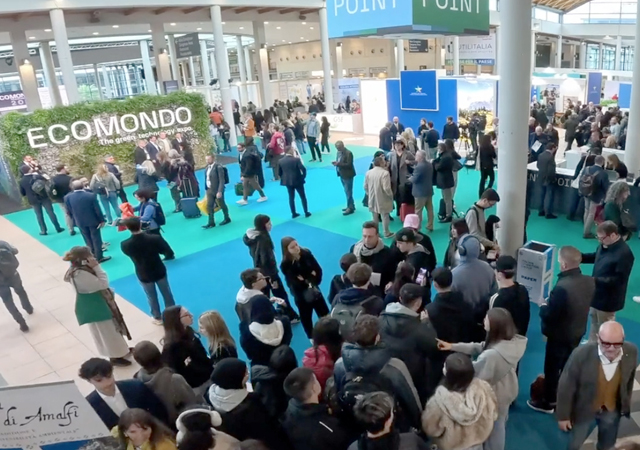
.jpg)


















.jpg)



